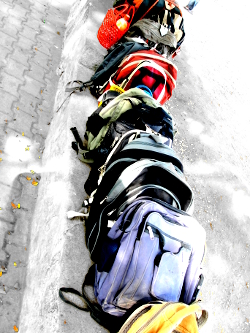OECD figures show high class sizes

The report from the OECD found Australia spends more than most countries on education, allocating 13.8 per cent of total public spending to education in 2013, compared the OECD average of 11.3 per cent.
That placed Australia fifth out of the 32 countries surveyed in the report.
Interestingly, Australia packs about three more children per class into its primary schools than the OECD average.
The Australian Teaching Union says that shows schools are under-resourced.
“This report is more evidence that needs-based funding was necessary to address this bias and reduce achievement gaps between schools,” ATU federal president Correna Haythorpe said.
Education Minister Simon Birmingham says class sizes are not linked to student performance, and nor is government spending.
“This report from the OECD adds to the facts and evidence that show that, despite many in the community liking the idea of smaller classes, they don't necessarily correlate to better outcomes for students,” Mr Birmingham said.
“These new statistics highlight what the Turnbull government has been saying that there is not a clear relationship between education spending and the level of student performance.”
The study showed China has the highest average class size of about 50 students in secondary education, while Latvia manages less than 20 students per class.
The experts found that tertiary qualifications lead someone to earn on average 55 per cent more than those with upper secondary schooling.
It also revealed a large gender disparity in what women study, with Australian women 30 per cent more likely to study education and humanities than science and engineering.







 Print
Print